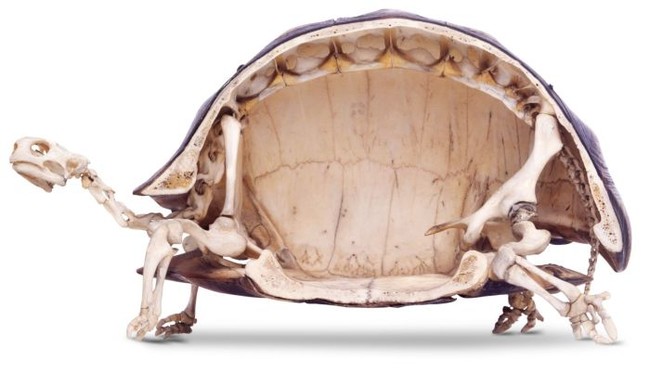Turtles are among the oldest reptiles in the world because they appeared more than 200 million years ago on earth and are also among the most sustainable animals, able to live longer than a human being. All types of turtles, turtles and turtles are called turtles or testudines and are then classified into 13 families, 75 genera and 260 species, 7 of which are marine species. In Brazil, there are 36 of these species: 2 terrestrial (tortoises), 5 seas and 29 freshwater. Its characteristics and distribution vary considerably. That’s why the lifespan of a turtle can vary greatly. To clarify, in this article by Animal Expert, we explain how old a turtle lives, depending on its species and current estimates. One thing we can already say: live them all!
The average life expectancy of a turtle would be 80 years. Although the life expectancy of a turtle varies depending on its species. According to the Malaysian Turtle Conservation Society [1], a pet turtle, for example, can live between 10 and 80 years, while the largest species can exceed 100 years, while sea turtles, in turn, generally live between 30 and 70 years. , although there are cases of turtles that have surprisingly exceeded the age of 150. In many cases, the age of a turtle is estimated by its shell and the number of rings in its shell. [2]
- However.
- There are specimens whose age is unknown because the estimate can be surprising.
- As is the case for some species of turtles in the Galapagos Islands: some claim that they are between 400 and 500 years old.
- This statement is not exaggerated when geographical isolation.
- Such as Galapagos.
- Is considered to be positive for species conservation.
As a result, a turtle’s life expectancy also varies, not only by species, but also by environmental conditions, habitat, human intervention and other factors, whether in captivity or in nature. If you wonder how old a turtle is, for example, it will depend on many factors. The most common estimates of the useful life of a turtle of some of the most common species in Brazil are:
Harriet, a turtle of the species Geochelone nigra, from the Galapagos Islands, who was born there in 1830 and died in 2006 at the Beerwah Zoo in Australia [3], has already been recognized as the oldest tortoise in the world by the Guinness Book of the World. Records for his 176 years of life. Although she is no longer the holder of the title, her story deserves to be told because, although there are conflicting versions, one of them claims that Harriet was kidnapped by Darwin after a visit to the Galapagos Islands during one of her expeditions.
Today, however, the oldest tortoise and animal in the world, recognized by the Book of Records [4] is Jonathan of the species Giant Turtle of Seychelles, who at the time of the conclusion of this article is 188 years old and lives on the island of St. Helena, which belongs to the British overseas territory in the South Atlantic Ocean, I repeat : is not only the oldest turtle in the world, but it also holds the title of the oldest animal in the world. Long live Jonathan!
It is important to know that, despite the longevity in years of many turtle species, this is not necessarily reflected in their real life expectancy, since, according to the Tamar project, of the 8 species of sea turtles in the world, 5 are in Brazil [5] and, unfortunately, all endangered. [6] This means, in terms of the institution, that
Of the 1,000 tortoise pups born, only one or two reach maturity
Major threats include illegal hunting and egg harvesting, accidental fishing, pollution, natural threats, light or shadow pollution, vehicle traffic and disease. In addition, they have a long life cycle, that is, with long generation intervals. Therefore, any interruption of this cycle is a serious threat to the turtle population.
It is always good to remember that no species of turtle is considered a pet in Brazil, all are wild animals and to adopt one you must have permission from IBAMA. If adopted, therefore, it is essential to know the useful life of a turtle and know that it will probably accompany you for the rest of its life, in addition to all the care of a water or earth turtle.
If you would like to read articles similar to, we recommend that you visit our Endangered Animals section.

